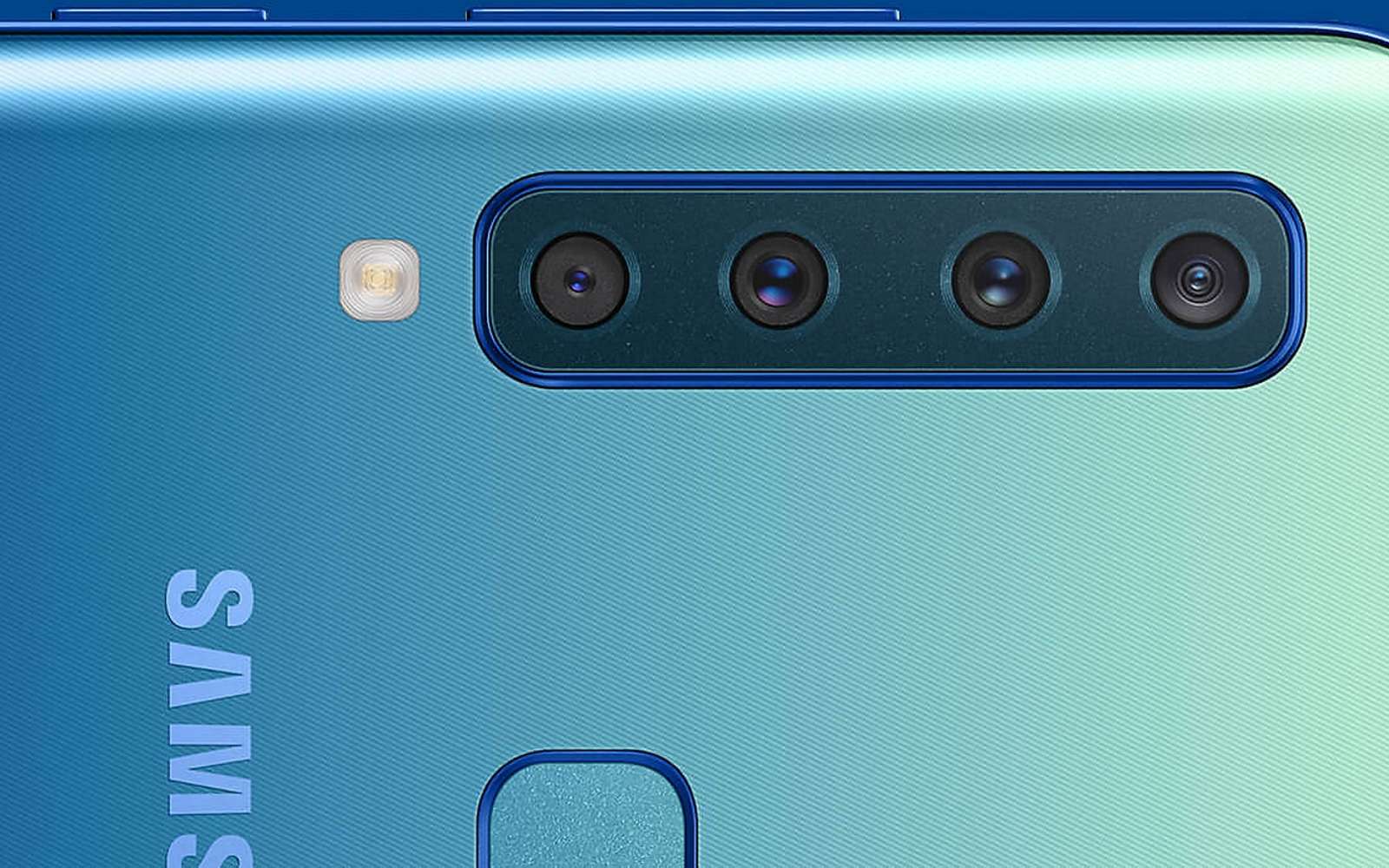In an editorial published on its site, the South Korean manufacturer Samsung revealed its ambition to create a 600 megapixel photo sensor and thus exceed the capabilities of the human eye.
Yongin Park, head of Samsung’s photo sensor division , has published an editorial outlining Samsung’s goal for the next few years. The firm plans to exceed the definition of the human eye , which it estimates at 500 megapixels, to produce a sensor reaching a total of 600 megapixels.
Samsung produces its own photo sensors for its smartphones , and has already reached 108 megapixels with its ISOCELL Bright HM1 integrated into the Galaxy 20 Ultra . However, increasing the pixel density means that everyone receives less light . To compensate for this phenomenon, the brand has developed Nonacell technology which allows nine pixels to be combined. The density should be even better with the next generation, since the firm has managed to reduce the size of the pixels to only 0.7 micrometers , below the 0.8 micrometers bar which was previously considered as the absolute limit.
600 megapixels for everyone
Samsung isn’t just planning to develop a standard camera with a large number of pixels. The firm also wants its sensors to be able to detect ultraviolet rays, for example to help diagnose cancer , but also infrared for ” quality control in agriculture and other industries “. The manufacturer is also interested in odor and taste sensors.
At present, Samsung sensors are mainly used for smartphones. However, the brand intends to target other growing markets, such as autonomous vehicles, connected objects and drones . Without the size constraints imposed by smartphones, the manufacturer could more quickly develop a first 600-megapixel sensor. However, mobile cameras remain one of the objectives, since Yongin Park announces that it aims to “ 600 megapixels for all ”.
